|
It is well documented that diabetes is generally a self-managed disease with patients providing most of their own daily care. It has been shown that patients who are empowered with awareness of their own disease-related problems, treatment options, and tools for self-care make healthier choices in the management of their diabetes. In a LEAP study appearing in the January 1998 issue of Diabetes Care titled, "Evaluation of a Self-Administered Sensory Testing Tool to Identify Patients at Risk of Diabetes-Related Foot Problems", the authors reported that 87% of the patients who participated in the study obtained the correct results as documented by their primary care provider.
LEAP recommends that individuals with diabetes should be screened for loss of protective sensation on an annual basis. LEAP recommends that patients who believe they have discovered a loss of sensation should see their provider as soon as possible.
Note: This information is public and can be modified in any way to fit your needs without additional approval.
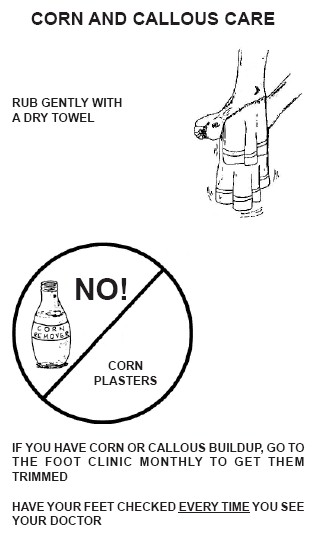 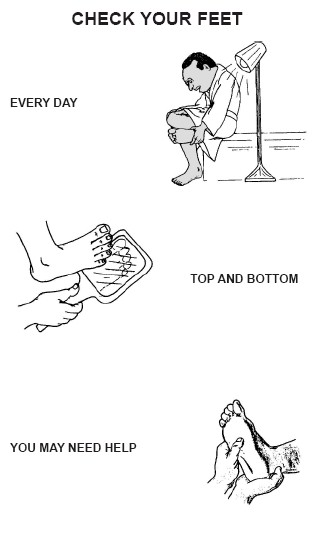
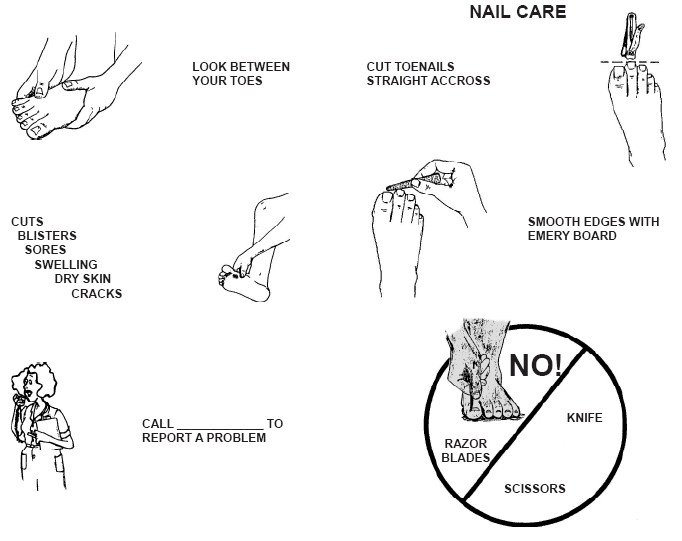
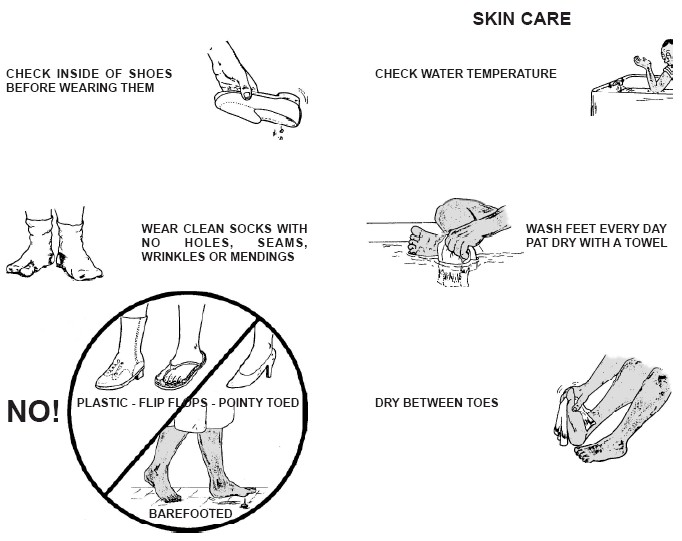
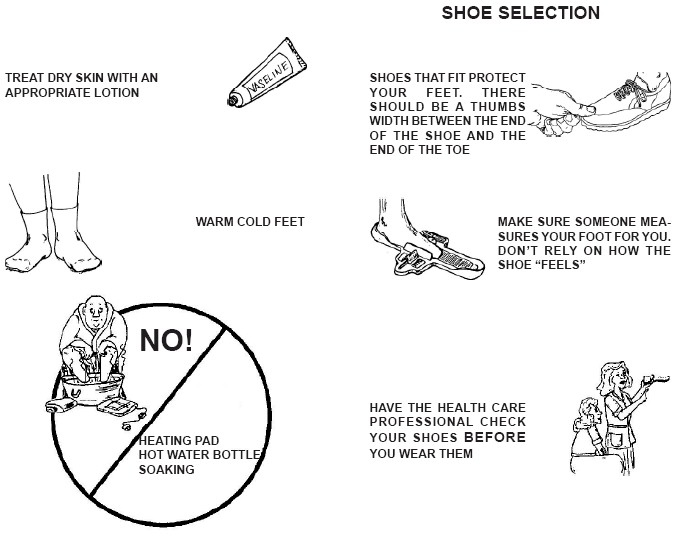
|